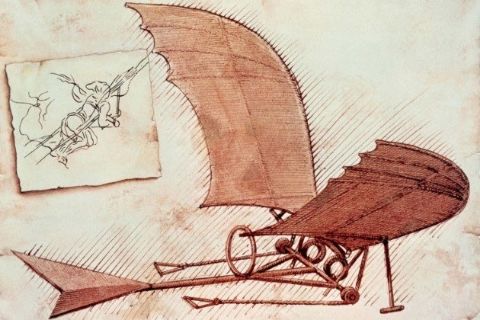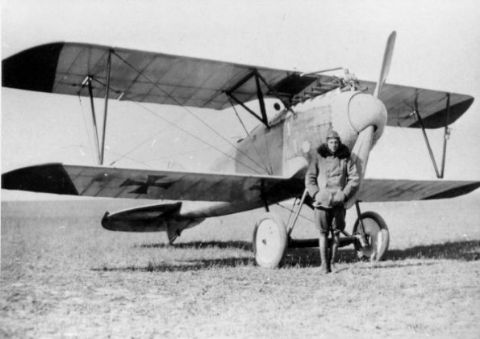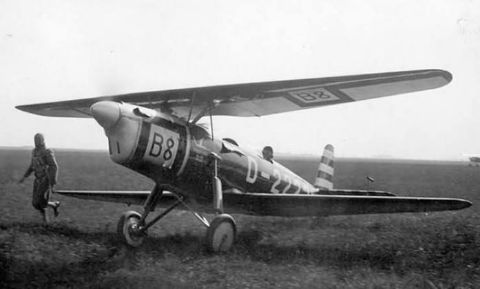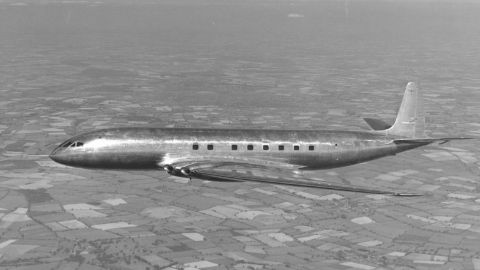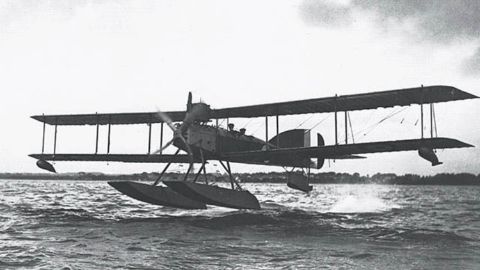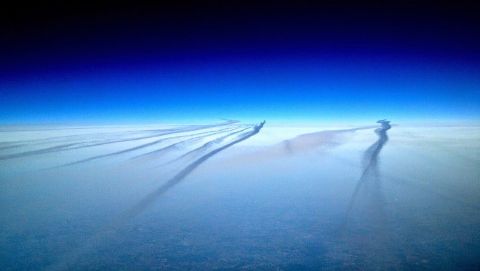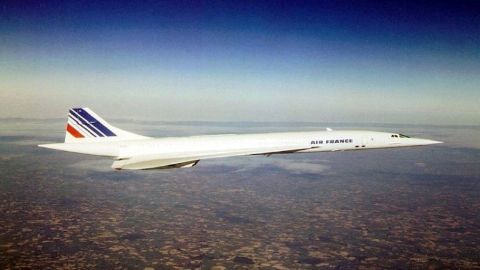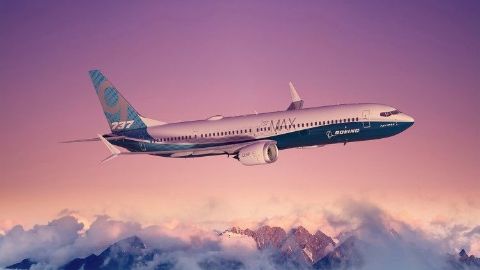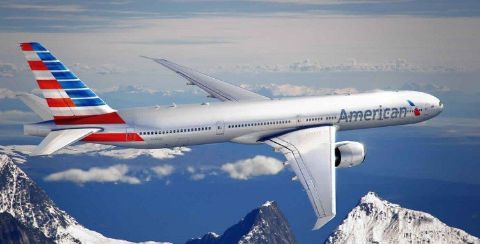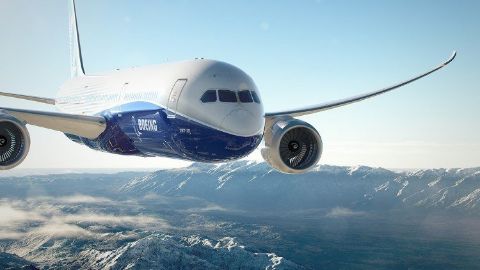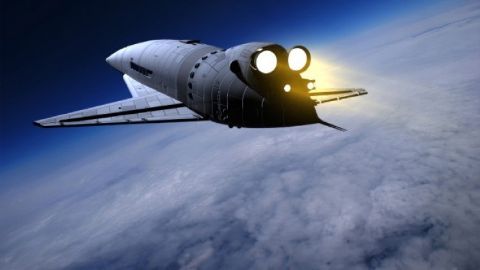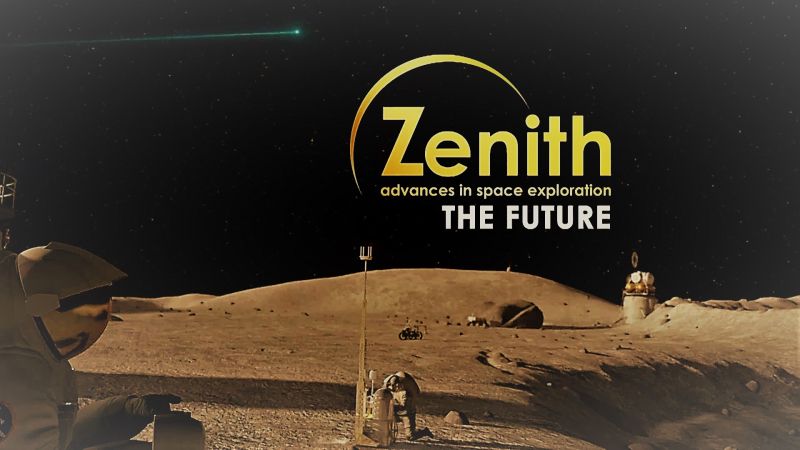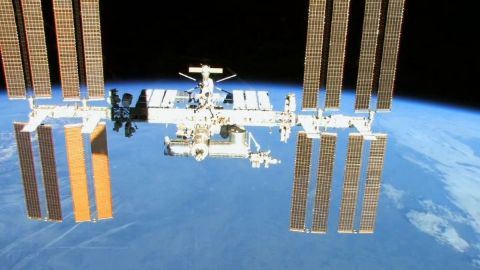The Giants Of The Sky • 2009 • episode "12/13" • The Amazing World Of Aviation
The Boeing 787 according to its manufacturers is a revolution in air travel. Similar to the Airbus A380, the plane is made from carbon fiber reinforced plastics and aluminum glass fiber materials which are lighter and more resistant to fatigue. It is one of many planes that have been developed to reduce the carbon footprint while improving space, comfort and entertainment for its passengers.
Make a donation
Buy a brother a hot coffee? Or a cold beer?
Hope you're finding these documentaries fascinating and eye-opening. It's just me, working hard behind the scenes to bring you this enriching content.
Running and maintaining a website like this takes time and resources. That's why I'm reaching out to you. If you appreciate what I do and would like to support my efforts, would you consider "buying me a coffee"?
Donation addresses
BTC: bc1q8ldskxh4x9qnddhcrgcun8rtvddeldm2a07r2v
ETH: 0x5CCAAA1afc5c5D814129d99277dDb5A979672116
With your donation through , you can show your appreciation and help me keep this project going. Every contribution, no matter how small, makes a significant impact. It goes directly towards covering server costs.
